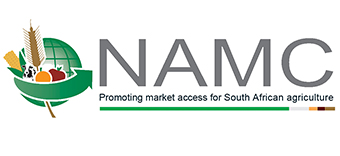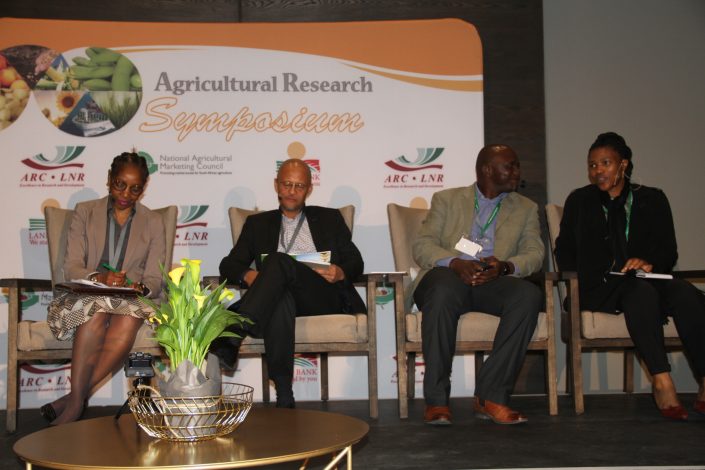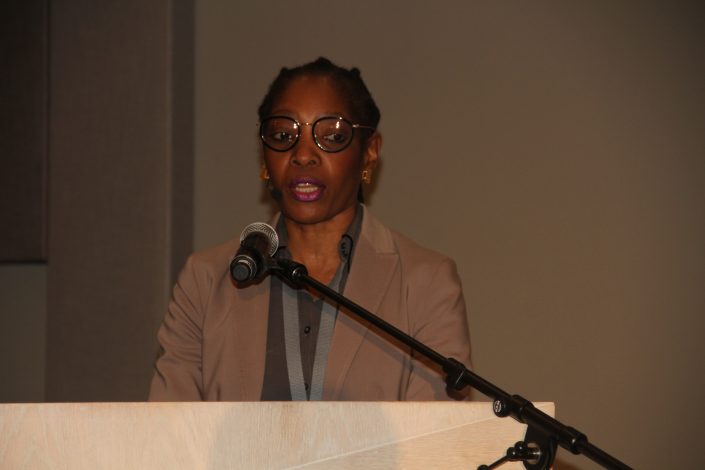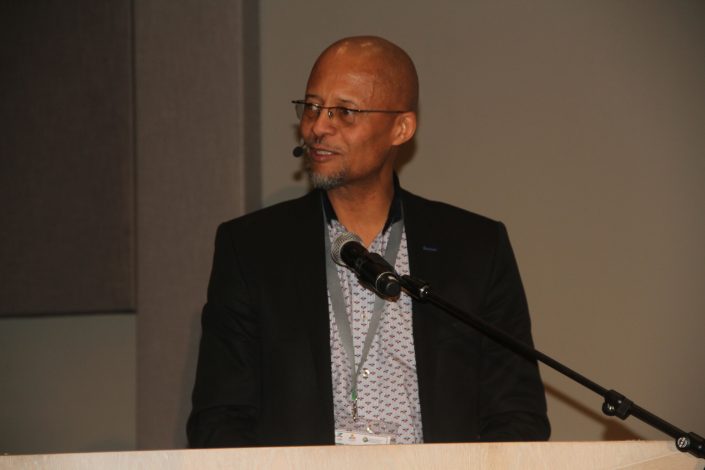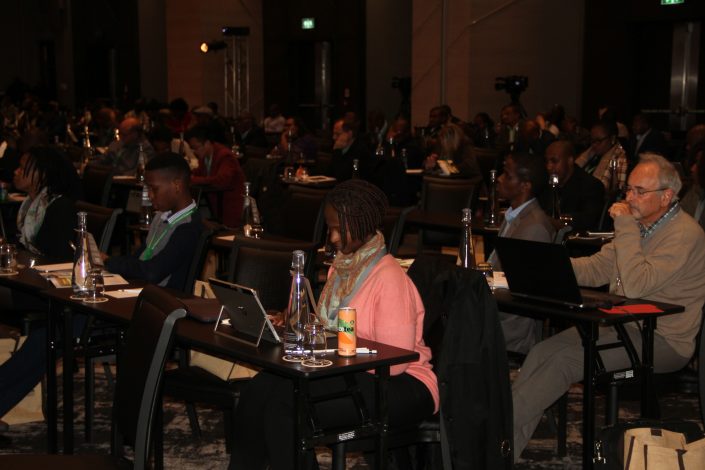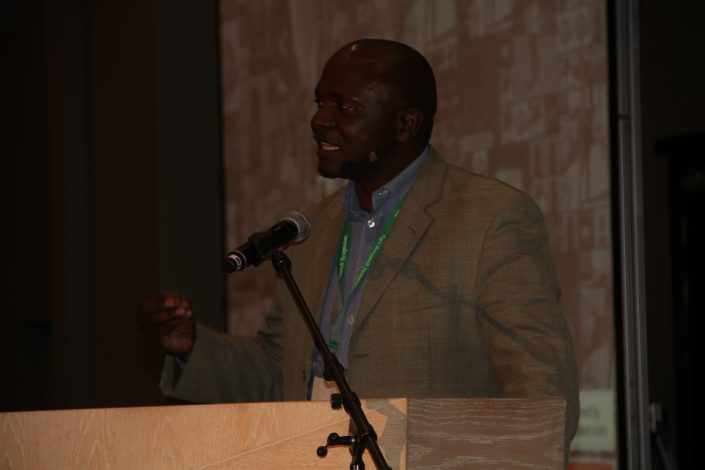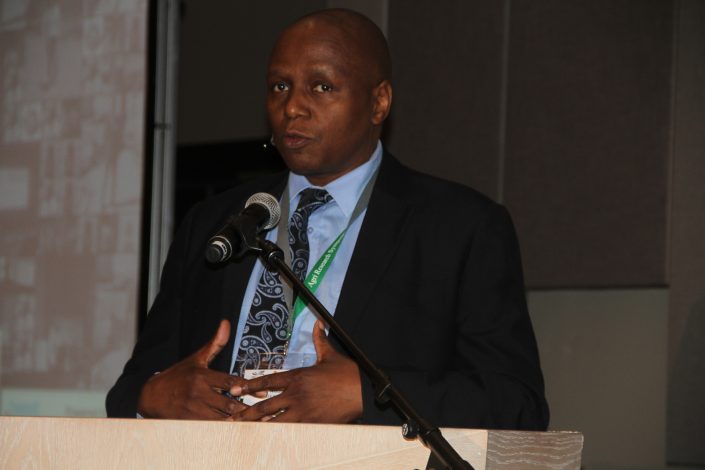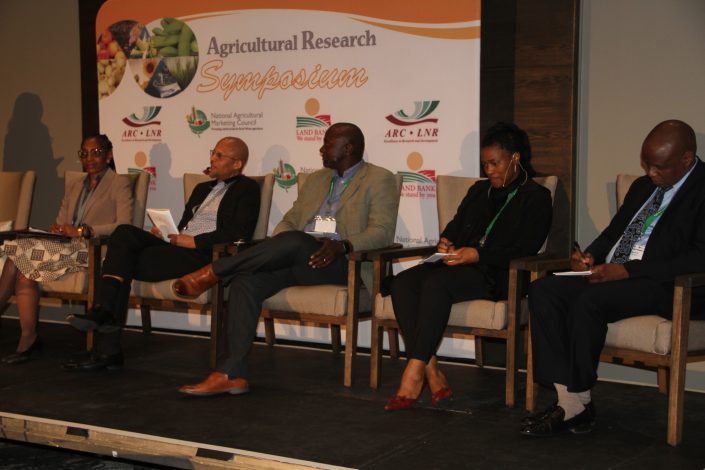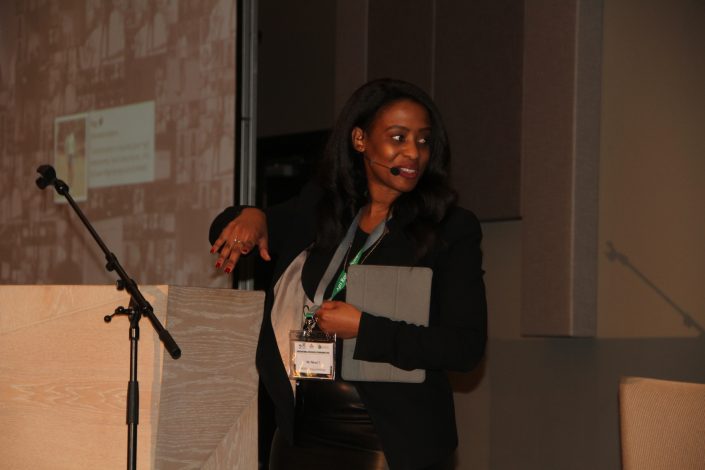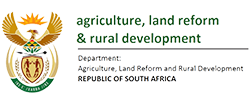2018 Agricultural Research Symposium
The 2018 Research Symposium was convened by three agricultural institutions; Agricultural Research Council (ARC), Land Bank and the National Agricultural Marketing Council (NAMC). The Agricultural Research Council conducts research with partners, develops human capital and fosters innovation to support and develop the agricultural sector, whereas the Land Bank is a specialist agricultural bank that is guided by a mandate from government to provide financial services to the commercial farming sector and to agri-business, and the National Agricultural Marketing Council, among others, exists to increase market access to all market participants and to promote the efficiency of marketing agricultural products.
The purpose of the Research Symposium was to find common and collaborative solutions to prevalent challenges that characterize the agricultural sector. The symposium was a collaborative effort between stakeholders across the sector, including academia, a financial institution and agricultural institutions. The aim was to devise solutions that the three host institutions could integrate into their respective strategic plans.
